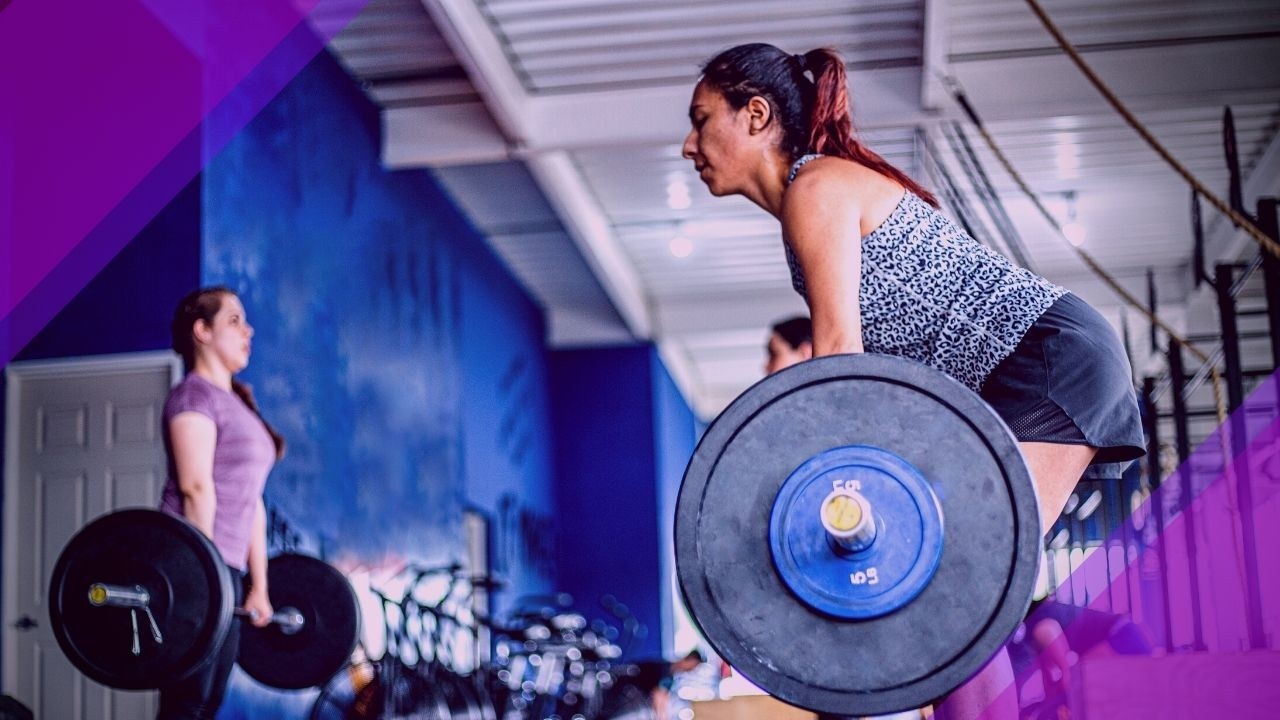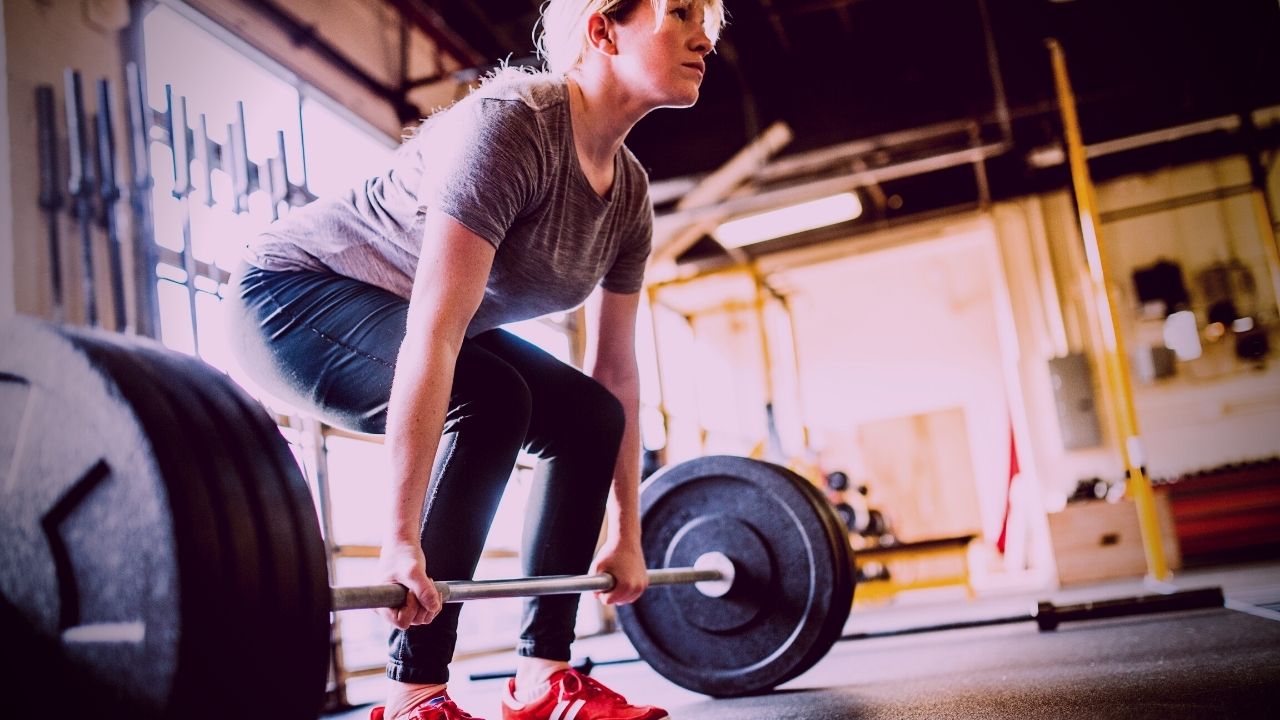
4 Reasons Why Menopausal Women Should Lift Heavy Sh*t
Mar 23, 2022When your hormones decline, muscle stimulation matters.
By Selene Yeager
For years (decades, really) I never lifted heavy weights. As a long-distance triathlete and then endurance mountain bike and gravel racer, I just didn’t think it was for me. Even when I was writing about the benefits of heavy deadlifts and explosive squats for cyclists, I was like, “Eh. I’m good.” In my mind, I just needed time on the bike and bodyweight workouts to keep my core strong.
Then I hit menopause. And it was like my power declined almost overnight, which is really not great for someone who is surrounded by hills, many of which hit 10+ percent grades, in every direction from her driveway and whose trails are riddled with fallen logs and rocks the size of stability balls that take a lot of power to pop over.
I started general lifting again, doing the 3 sets of 10 to 12 rep workouts I’d done on and off over the years. But the results were lackluster. As luck would have it, I was also in the process of co-writing Next Level with Dr. Stacy Sims. We had a whole chapter on Lifting Heavy Sh*t (LHS), which is her mantra, in the table of contents. That seemed like a good one to tackle first. After pulling together her materials and background research, I was sold. I hit the gym, worked my way up to LHS in the form of deadlifts, squats, and lunges and haven’t looked back.
LHS has put power back in my pedals and makes scampering and skimming through rock gardens when running or mountain biking on the trails fun and (nearly, I mean it’s still work) effortless.

Here’s why LHS can be magical for menopausal women.
- It stimulates muscle-building stem cells. Estrogen is essential for regulating satellite cell function in females; it helps us regenerate muscle stem cells (also known as satellite cells, because they appear to orbit the muscle fiber cells), which help us maintain our muscles. When researchers take estrogen from animals, their ability to regenerate these cells drops by up to 60 percent. Muscle biopsies in women in the menopause transition echo these findings, showing that estrogen levels are linked to the number of satellite cells. Resistance training is the best way to generate those muscle-making cells and lifting heavy provides the strength-building stimulus women need as estrogen declines, Sims says.
- It ramps up your metabolic rate. Muscle fuels your metabolic engine. It requires more energy simply to exist and it gives you more energy to run, lift, ride, and row. For postmenopausal women, more muscle may also help you burn more fat while you exercise, according to a study published in the American Journal of Physiology—Endocrinology and Metabolism, which found that postmenopausal women burned19 percent less energy during a 45-minute cycling test than premenopausal women did. But when the scientists took lean body mass difference into account—which was significant because the premenopausal women had more than nine pounds more lean body mass—there was no difference in total calories burned. The scientists concluded that “LBM [lean body mass] seems to be the most important contributor to the observed changes in metabolism in women in early stages after menopause.”
- It builds bone. Heavy resistance training helps build stronger bones. That’s important because the menopause transition is a precarious time for bone density, with up to 20 percent of a woman’s bone loss happening during this time of life.
- It improves your cardiovascular and general health. Resistance training improves insulin sensitivity, lowers blood pressure, reduces visceral (deep belly) fat, and improves immunity. In short, LHS makes you healthier.
LHS Tips
- LHS training really focuses on "big lifts": deadlifts, squats, lunges, and other Olympic lifts that spread the force out between so many muscles, connective tissues, and joints that everything gets worked just the right amount. Really heavy loads should be reserved for those lifts.
- You generally want to do 3 to 5 sets of 6 or fewer reps (i.e. 5 sets of 5 reps) and FULL rest between, so 2 to 5 minutes. Remember form is everything. You should be able to complete every rep with good form. When you can't, you're done.
- If you're new to strength training, it's important to work your way into big lifts to avoid injury. Start by focusing on mobility and stability. When you can perform the exercises with full range of motion without weight, you're ready to start slowly adding weight. Working with a coach, like someone from Barbell Medicine is a great way to learn the moves and get started.
Get Feisty 40+ in Your Inbox
We hate SPAM. We will never sell your information, for any reason or send you emails that suck!

